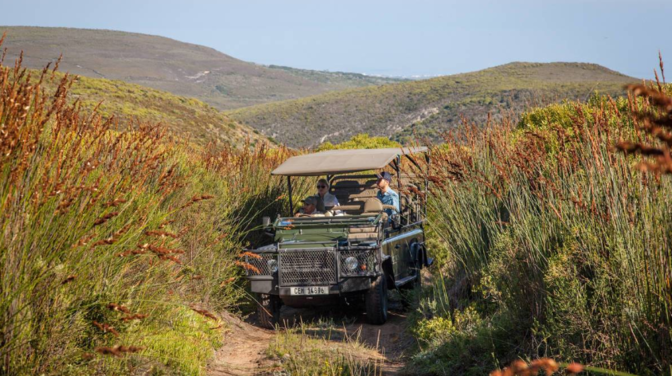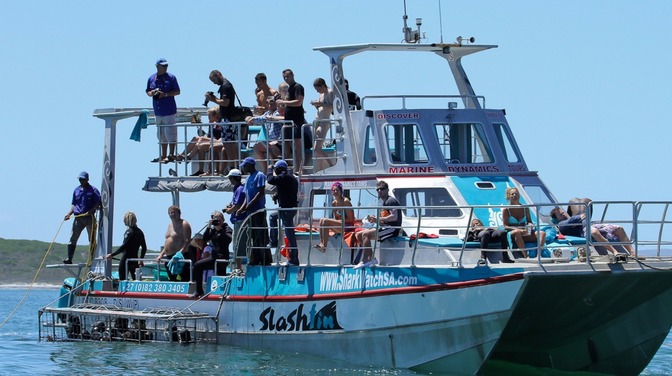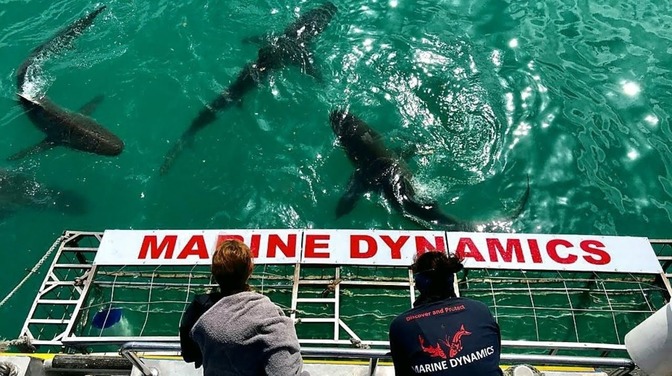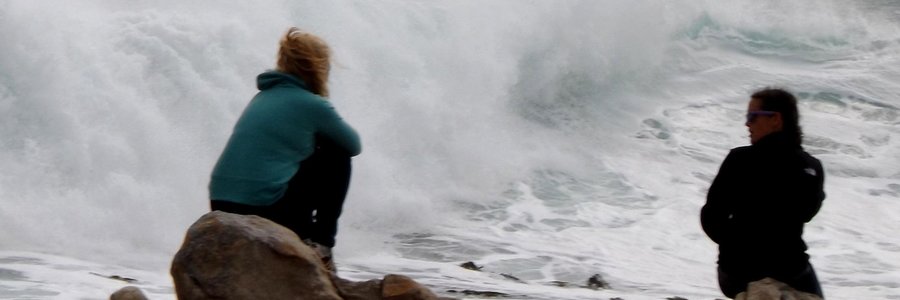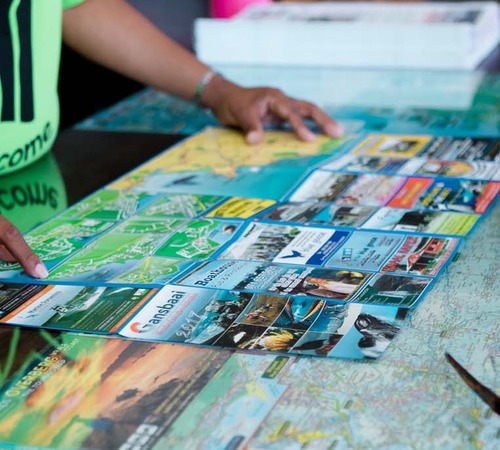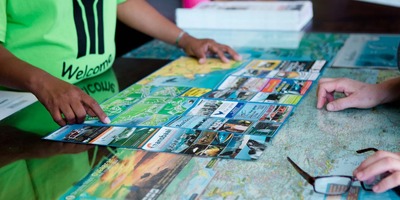NSRI are urging extreme public caution around the coast over the next week.
The FULL MOON SPRING TIDE peaks on Tuesday the 9th September and this being the 3rd super moon in a row very strong rip currents are predicted to be present around the coast over the next 7 days.
Bathers and shoreline anglers are most at risk.
It is feared that good weather being experienced during this Spring Tide, around the 9th of September, and rough sea conditions will put more people at risk and extreme caution is advised.
Spring Tide happens twice every month, at full moon and at new moon.
Spring Tides bring a higher than normal high tide and a lower than normal low tide, causing stronger than normal rip currents, for a few days leading up to the full moon OR new moon, peaking on the day of the full moon OR new moon and lasting for a few days after the full moon OR new moon.
There are two high tides and two low tides every day.
During Spring Tide the twice daily high tides are higher than normal and the twice daily low tides are lower than normal and while rip currents are always present the Spring Tide creates stronger than normal rip currents.
Rip Currents are caused when the water reaching the shoreline in waves, swells and sea currents needs to find a way to retreat back into the sea and this is achieved in rip currents (a river of water retreating through the incoming swells back out into the sea).
There are two types of rip currents, permanent rip currents, found alongside islands, rocky outcrops jutting into the sea, at river mouths, in between reefs and alongside harbour walls and piers, are found constantly occurring in the same place allowing the water reaching the shoreline to retreat back into the sea in the permanent rip current. Temporary rip currents, found along beach fronts (along the shoreline), are forever changing their position and are unpredictable and can form suddenly along a beach front without warning at different places along the shore front throughout the day.
During Spring Tide these permanent rip currents and temporary rip currents are stronger than normal and although rip currents at all times pose a danger to bathers they pose the greatest danger during the Spring Tide.
Bathers are at risk of being swept out to sea by rip currents while swimming or wading in water along the beach front.
Even bathers wading in shallow water who find themselves trapped in a rip current that forms suddenly are at risk of being swept out to sea by rip currents.
Bathers caught in a rip current should not panic. Simply stay afloat by treading water (moving your arms and legs in circular movements), don’t try to swim against the current as it will only cause you exhaustion and let the current sweep you out to sea but at your first opportunity swim parallel to the beach front until you are free of the rip current and then use the incoming waves to get back to shore.
While this is happening scream for help and wave your arm to alert people on the beach to raise the alarm.
Swim at beaches where lifeguards are on duty and obey the instructions of the lifeguards and only swim within the safe swimming zones lifeguards mark (using their red and yellow flags).
Children should have responsible adult supervision around coastal and inland waters.
Anglers fishing along the shoreline, particularly along rocks on the shoreline, are at greatest risk during the Spring Tide where incoming waves during the high tides engulf higher than normal over rocks.
Anglers should not turn their back to the sea and should be vigilant and cautious of the wave action at all times while fishing.
Boaters, paddlers, sail boarders and anyone launching any kind of craft onto water should wear their life-jackets at all times while on water and carry easily accessible safety equipment - red distress flares, communications cellphone or VHF radio with fully charged batteries in water tight plastic sleeves, a waterproof torch, highly visible neon coloured clothing, a referee whistle worn around the neck, and let a responsible person know your time of departure, your exact intended route and your estimated return time and check in with the responsible person on your safe return. (If you are overdue the responsible person should raise the alarm without hesitation).
Everyone living along the coast or visiting the coast should have their local Sea Rescue Emergency phone number programmed in their phone.
For more information visit the web page www.nsri.org.za
Craig Lambinon

